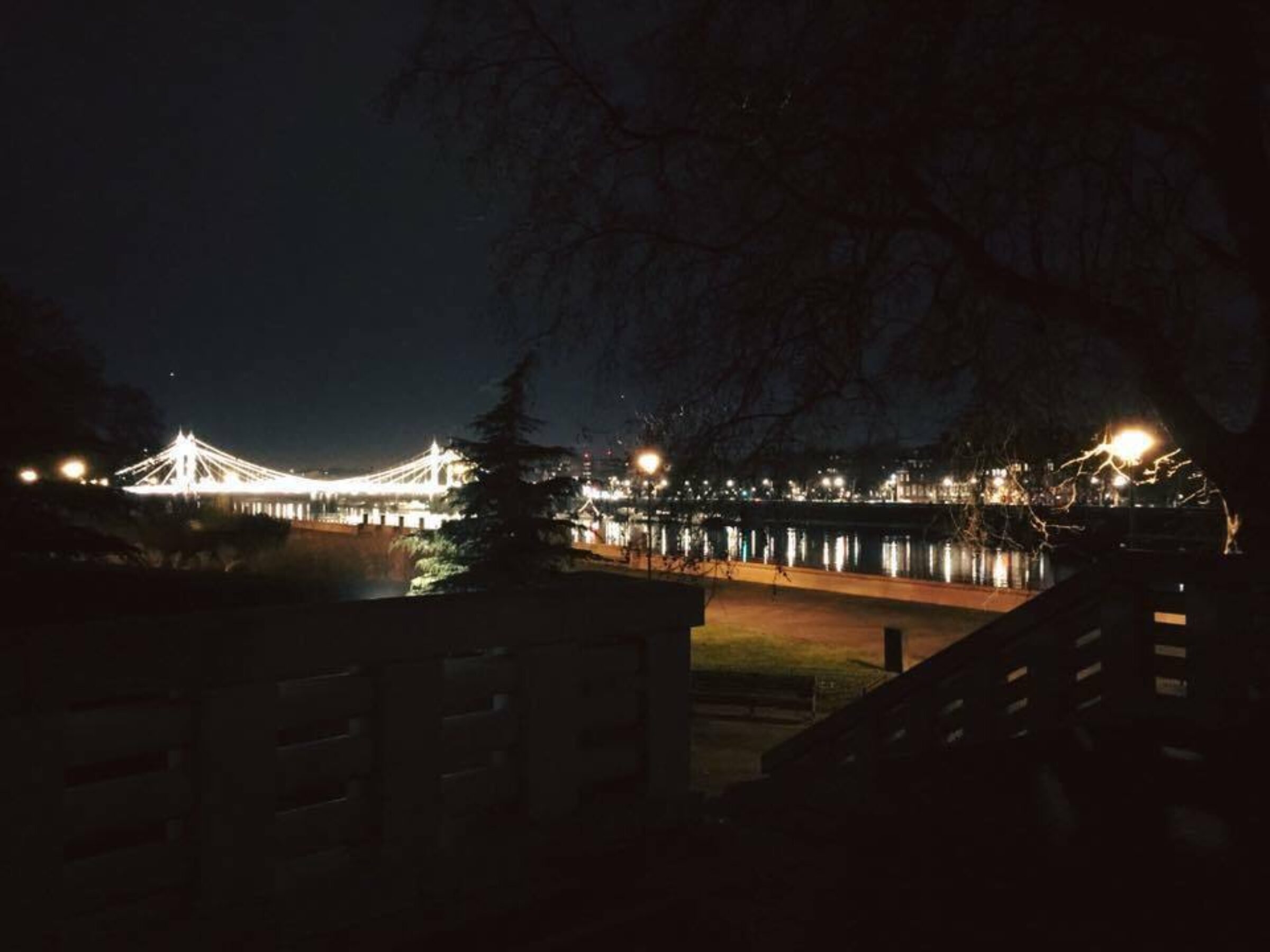What is the history of the River Thames?

The River Thames, a historic and iconic river flowing through southern England, has a rich history that spans thousands of years.
Here’s an overview of its historical significance and development:
Prehistoric and Ancient History Prehistoric Times
The Thames valley has been inhabited since prehistoric times. Evidence of Mesolithic, Neolithic, and Bronze Age settlements has been found along its banks.
Roman Period
When the Romans invaded Britain in AD 43, they recognized the strategic importance of the Thames. They established Londinium (modern-day London) around AD 47, building the first London Bridge to connect the settlement on both sides of the river.
Medieval Period Saxon Era
After the fall of the Roman Empire, the Saxons took control. The river was essential for trade and defense, with numerous Saxon settlements developing along its course.
Norman Conquest
Post-1066, the Normans built several castles along the Thames, including the Tower of London, to secure their control over the region.
Medieval Commerce
The river facilitated the growth of London as a commercial hub. Goods from all over the world were transported via the Thames, enhancing its economic importance.
Early Modern Period Tudor Era
The Thames continued to be vital for commerce and transportation. During the reign of Henry VIII, the river was also used for royal pageants and travel between palaces.
Elizabethan Era
The Thames was central to London's burgeoning trade, with wharves and docks expanding along its banks. The river was also a cultural hub, with theatres like the Globe located nearby.
Industrial Revolution and 19th Century Industrialization
The Thames became a crucial artery for transporting raw materials and finished goods. Major docks were constructed, including the West India Docks (1802), the East India Docks (1806), and the Royal Victoria Dock (1855).
Pollution and Clean-up
The river suffered from severe pollution during this period. The "Great Stink" of 1858, when the smell of untreated sewage in the Thames became unbearable, led to significant improvements in London's sewer system designed by Sir Joseph Bazalgette.
20th Century to Present World Wars
The Thames played a role in both World Wars. In WWII, it was a critical route for evacuations and military transport. The Thames estuary was also a target for bombing raids.
Modern Development
Post-war, the Thames underwent significant redevelopment. The decline of the docks led to the regeneration of areas like Docklands, transforming them into commercial and residential zones.
Environmental Efforts
Recent decades have seen efforts to clean and preserve the Thames. Initiatives have focused on reducing pollution, restoring wildlife habitats, and improving water quality.
Cultural and Symbolic Significance
The River Thames is deeply embedded in British culture and literature, featuring in works by authors such as Charles Dickens and in iconic imagery of London. It remains a central feature of London’s landscape, with landmarks such as the Houses of Parliament, the London Eye, and Tower Bridge situated along its banks.
Today, the Thames continues to be a vital part of London's identity, serving as a site for tourism, recreation, and ecological preservation. Its history reflects the development of London from a small Roman settlement to a global metropolis.
Why is the River Thames called that?
The name "Thames" is derived from the Latin name "Tamesis," which itself comes from the earlier Brittonic name for the river, "Tamesas." This name likely stems from the Proto-Celtic word "*tamēssa," which means "dark" or "dark water."
The etymology reflects the appearance of the river, which was likely darker and murkier compared to other bodies of water in the region. The Proto-Celtic language influenced the place names in the area before the Roman occupation, and when the Romans arrived, they Latinized the names they encountered, hence "Tamesis" became the Roman name for the river.
Over time, this evolved into "Thames" in Middle English. The name has remained consistent through the centuries, retaining its ancient roots and reflecting the river's long-standing importance to the region.













